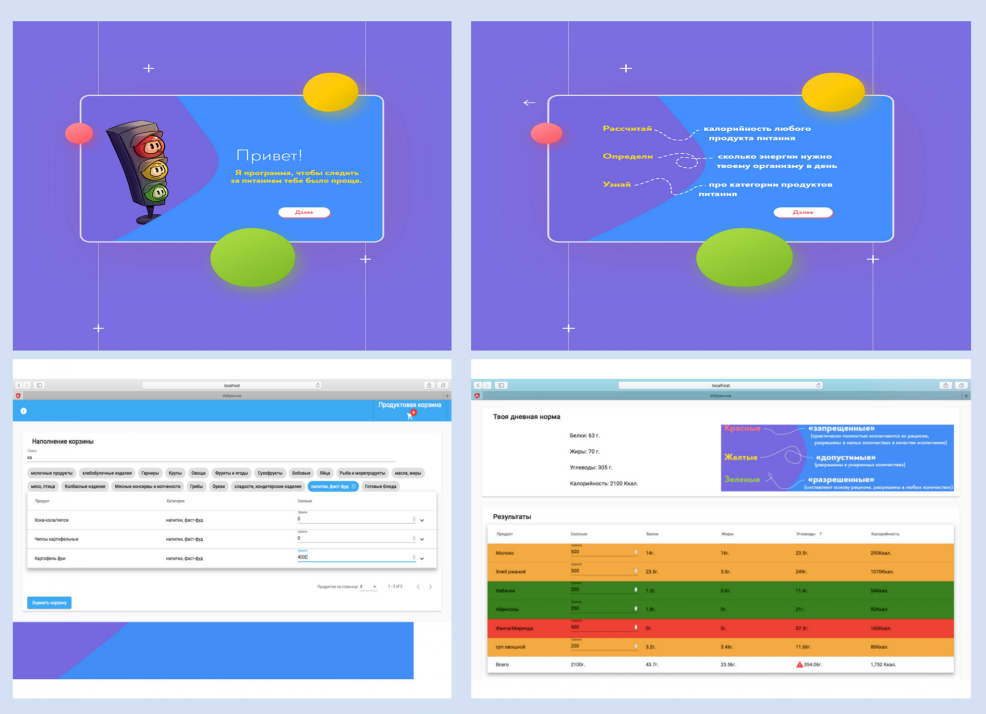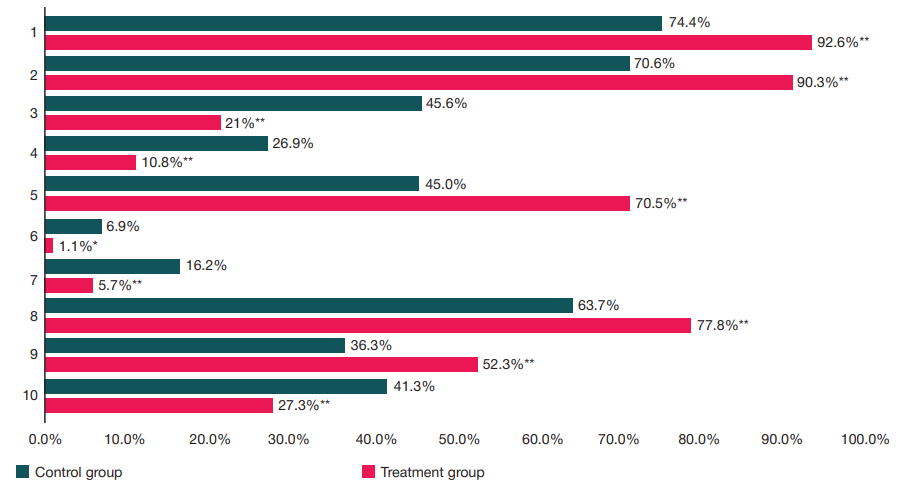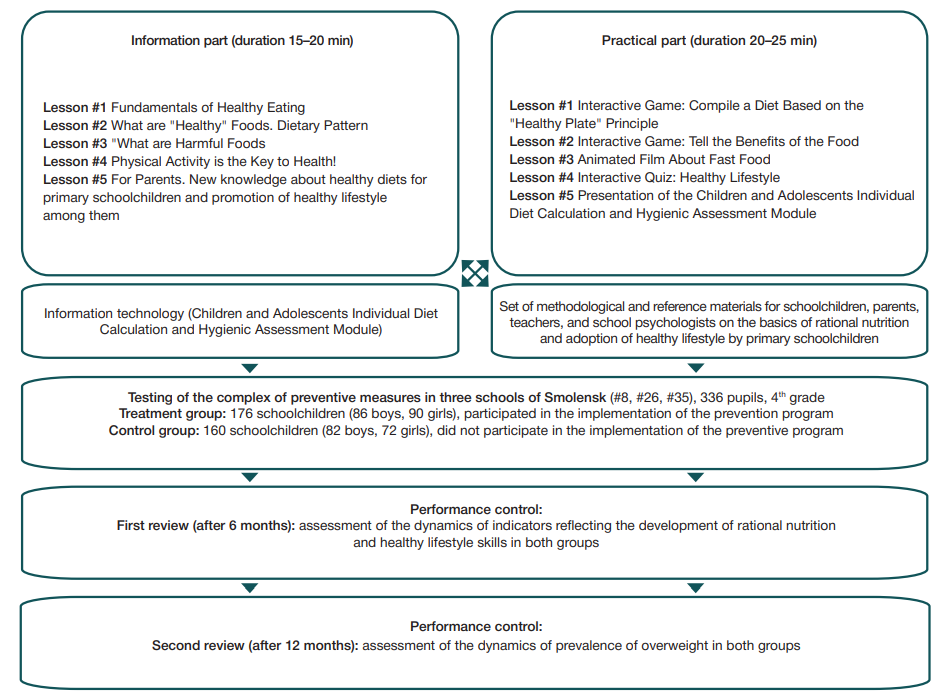
This article is an open access article distributed under the terms and conditions of the Creative Commons Attribution license (CC BY).
OPINION
Hygienic education of younger schoolchildren using a rational nutrition skills development program
Smolensk State Medical University, Smolensk, Russia
Correspondence should be addressed: Ekaterina A. Tsukareva
25 Sentyabrya, 30a, ap. 148, Smolensk, 214019, Russia; ur.liam@51iseval
Author contribution: the authors have made equal contributions to this publication.
Compliance with ethical standards: the study was approved by the Ethics Committee of the Smolensk State Medical University (protocol No. 1 of October 24, 2017). Each participant signed a voluntary informed consent form. The study conformed to the principles of biomedical ethics and did not endanger the participants.



